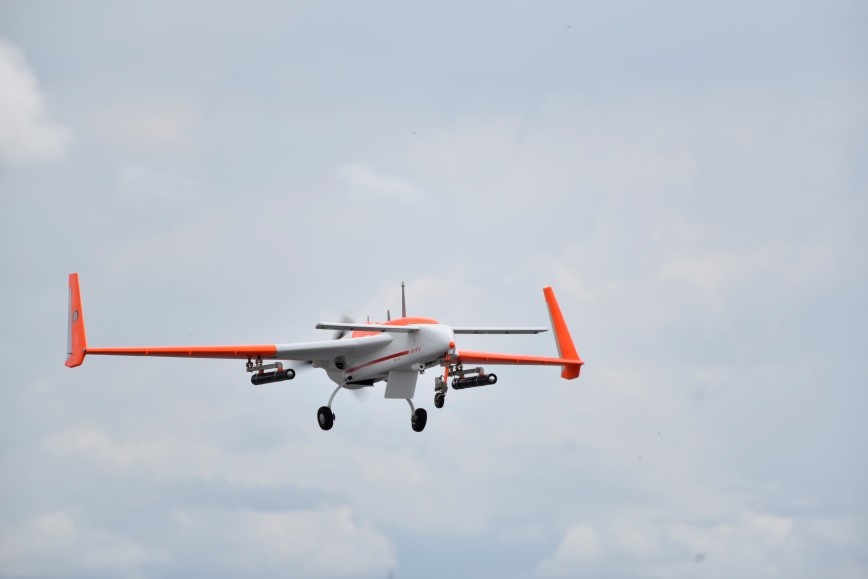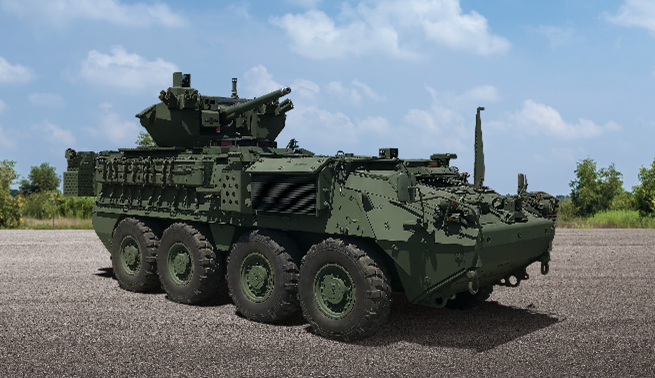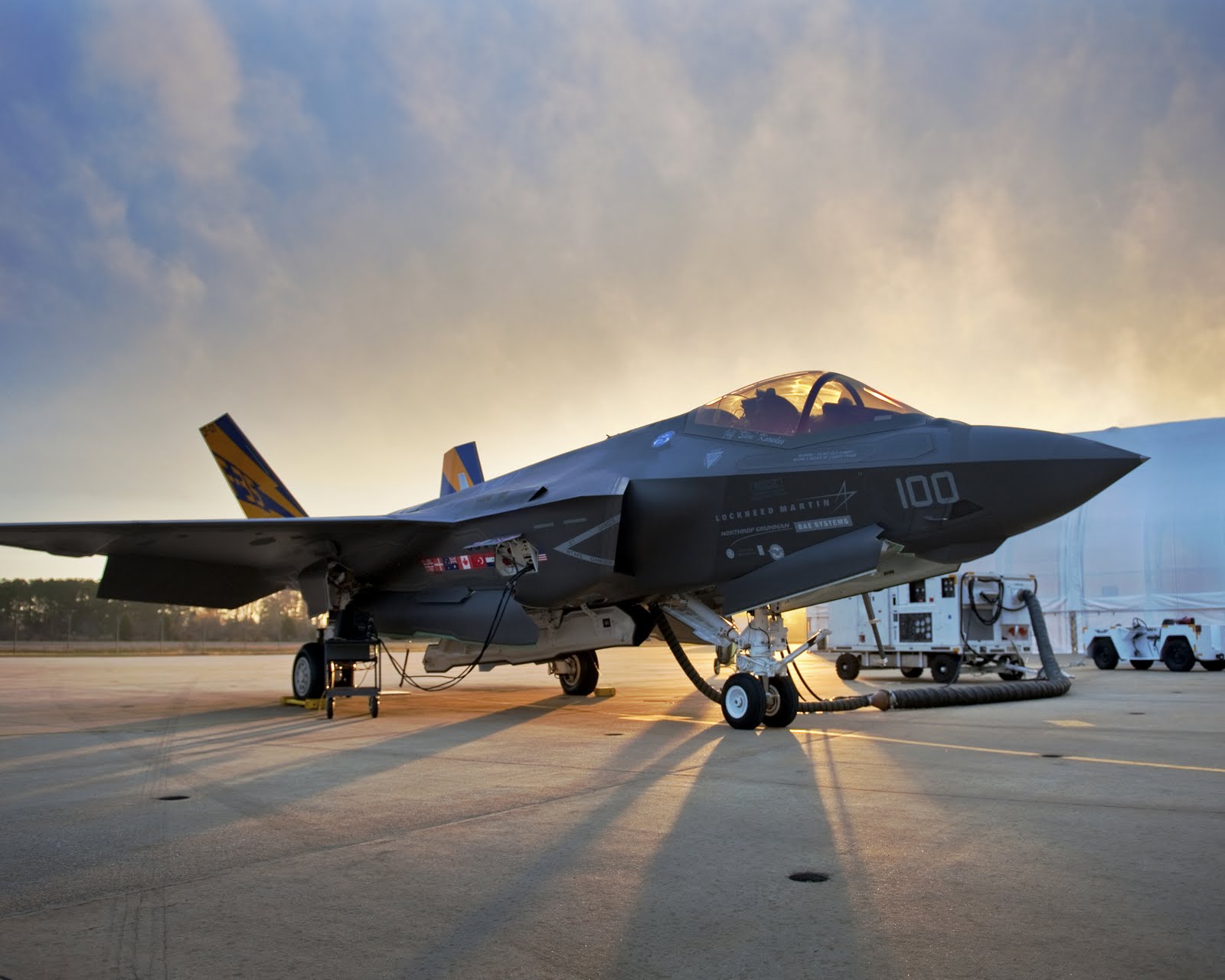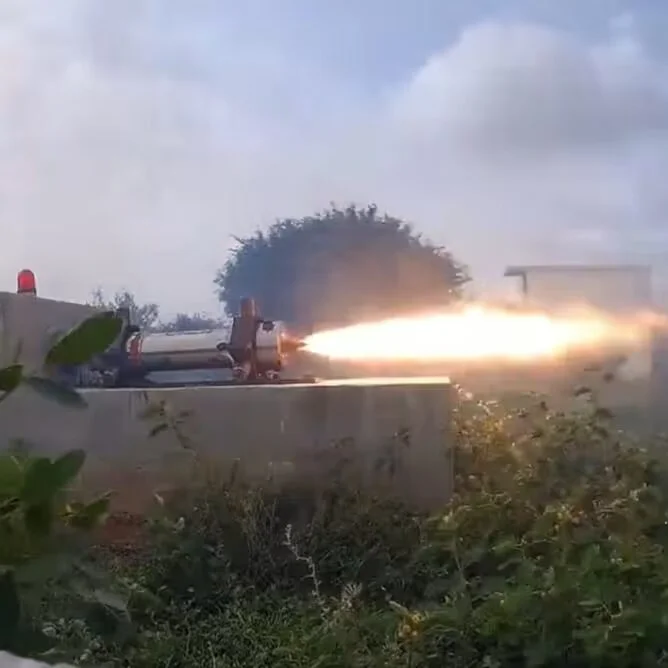SOURCE: AFI

In a gesture of goodwill and military cooperation, Pakistan has delivered an FT-7P fighter aircraft to the Sri Lankan Air Force (SLAF) in January 2025. This aircraft, a Chinese-manufactured J-7 in its export trainer configuration, was provided as a grant, highlighting the ongoing military ties between the two nations.
The FT-7P, essentially a dual-seat training variant of the F-7, has been a part of Pakistan’s Air Force inventory for training purposes. With the introduction of the more advanced JF-17B dual-seat trainer aircraft, Pakistan found itself with surplus FT-7 aircraft. These planes were previously used to train pilots destined for the F-7PG fleet, for weapons tactics training, and as adversary aircraft in simulated combat scenarios.
Continue readingSOURCE: AFI

In a significant stride towards enhancing military cooperation, the Indian Air Force (IAF) and the Royal Air Force (RAF) convened for the Executive Steering Group Meeting, also known as Air Staff Talks, in London on January 28 and 29, 2025. The two-day event was a platform for reinforcing the defence relationship between the two nations, focusing on joint training, the exchange of ideas, and professional military education.
The discussions were co-chaired by Air Vice-Marshal Suraya Marshall CBE from the RAF and Air Vice-Marshal Prajual Singh VM from the IAF. This meeting underscored the commitment of both air forces to not only maintain but also expand their mutual engagements in various military domains.
Continue readingSOURCE: RAUNAK KUNDE / NEWS BEAT / IDRW.ORG

In a significant development for India’s defence exports, an informed source close to idrw.org has revealed that Saudi Arabia could be the next customer for the Advanced Towed Artillery Gun System (ATAGS) 155×52, developed by Bharat Forge. This news comes after Saudi Arabia previously tested the Bharat-52, another 155mm, 52 calibre towed howitzer from Bharat Forge, which did not lead to a finalized deal.
The ATAGS, a product of collaboration between the Defence Research and Development Organisation (DRDO) and Bharat Forge, represents a leap in indigenous artillery technology. Designed to meet the Indian Army’s requirements for a modern, high-performance howitzer, the ATAGS features an extended range, sophisticated fire control systems, and enhanced mobility compared to its predecessors.
Continue readingSOURCE: RAUNAK KUNDE / NEWS BEAT / IDRW.ORG
)
Hindustan Aeronautics Limited (HAL) has marked a pivotal moment in its ambitious Combat Air Teaming System (CATS) programme with the successful engine ground run of the CATS-Warrior full-scale demonstrator. According to insights shared with idrw.org, HAL is now gearing up to commence taxi trials and is eyeing the first flight within the next few weeks, accelerating the development of this loyal wingman UCAV.
Sources have revealed to idrw.org that HAL is in the process of initiating taxi trials, a crucial step before the aircraft can take to the skies. These trials are essential to test the aircraft’s ground handling characteristics, control systems, and overall system integration.
Continue readingSOURCE: RAUNAK KUNDE / NEWS BEAT / IDRW.ORG

The Aeronautical Development Establishment (ADE), a key laboratory under the Defence Research and Development Organisation (DRDO), is taking a significant step toward enhancing the combat capabilities of the Archer Short-Range Unmanned Aerial Vehicle (SRUAV). Plans are underway to integrate the DRDO-developed Smart Anti-Airfield Weapon (SAAW) into the Archer SRUAV, making it a formidable platform for precision-strike missions.
The Smart Anti-Airfield Weapon (SAAW) is a long-range, precision-guided munition designed for anti-airfield operations. Weighing approximately 125 kg, it boasts a range of at least 100 km, allowing it to neutralize critical airfield assets such as runways, hangars, and radar installations from a safe distance. Its lightweight and compact design makes it an ideal payload for unmanned platforms like the Archer SRUAV.
Continue readingSOURCE: AFI

The Indian Army’s evaluation of the Stryker Armored Personnel Carrier (APC) has reached its conclusion, with trials being conducted in the challenging high-altitude terrain of Ladakh in September 2024, according to recent media reports.
The trials took place in Ladakh, a region known for its extreme climatic conditions and high-altitude challenges, providing a rigorous test for the Stryker’s capabilities. The evaluation spanned three weeks, where the Stryker was subjected to a variety of tests to gauge its mobility, durability, and combat effectiveness in an environment similar to potential operational areas along India’s borders.
Continue readingSOURCE: AFI

In a recent feature, Russian media outlet Sputnik has extolled the capabilities of the Su-57, Russia’s advanced fifth-generation fighter jet, positioning it as a formidable force in modern aerial warfare. According to Sputnik, the Su-57, which celebrated its maiden flight 15 years ago, is not just a match but an outright superior to its international counterparts.
Sputnik describes the Su-57 as a dual-role aircraft, adept at both attack and fighter missions. Its design incorporates stealth technology, making it “nearly invisible” to enemy radar systems while boasting exceptional maneuverability. The jet is claimed to have a service ceiling of 20 kilometers, a range extending up to 5,500 kilometers, and a top speed reaching 2,470 kilometers per hour, which positions it as one of the fastest in its class.
Continue readingSOURCE: AFI

In this year’s Aero India show, set to be held in Bengaluru, the participation of the Indian Air Force’s acclaimed Sarang display team hangs in the balance. The uncertainty stems from the grounding of all 330 HAL Dhruv advanced light helicopters (ALH Dhruv) after a concerning crash in January.
Sarang, renowned for its intricate and visually stunning aerial maneuvers, has been a staple attraction at Aero India, contributing to the spectacle that draws aviation enthusiasts from around the globe. This biennial event has traditionally featured both Sarang and the Suryakiran aerobatic team, showcasing India’s aerial prowess alongside international teams.
Continue readingSOURCE: AFI

In a significant upgrade to their combat gear, Indian Army troops deployed at the strategically vital Uri sector in Jammu and Kashmir have been observed sporting new Armasen plate carriers alongside advanced Level III+ Advanced Combat Helmets (ACH). This development points to a continuing effort by the Indian military to bolster the protection and operational effectiveness of its soldiers in forward areas.
The troops were equipped with the Armasen plate carriers, known for their robust design and ergonomic features. These carriers are designed to accommodate various types of ballistic plates, offering flexibility in terms of protection levels. The Armasen gear, particularly the SF RIG (Special Forces Rapid Interchangeable Gear) and GRIP Combat Belt, is noted for its compatibility with both standard and custom ballistic plates, enhancing mobility and comfort in combat situations.
Continue readingSOURCE: IDRW.ORG

In a notable development for this year’s Aero India air show, the United States Air Force has officially confirmed through its website that flight demonstrations of the F-35A Lightning II will not take place at Aero India 2025, corroborating an earlier report by idrw.org. However, in a twist of events, ‘The Hindu’ has clarified that while the F-35 fighters will indeed participate in the event, they will be featured solely in a static display, with no aerial maneuvers planned.
Reports from ‘The Hindu’ indicate that two F-35s will be present at the air show, but they will remain grounded, offering visitors an opportunity to observe the aircraft up close rather than in flight. This decision aligns with the information previously shared by idrw.org, which suggested that no flight demonstrations were scheduled for the F-35A at this year’s event.
Continue readingSOURCE: IDRW.ORG

Amidst the backdrop of President Donald Trump’s administration’s keen interest in expanding U.S. arms sales to India, there’s speculation that the long-delayed deal for local production of the Stryker Armored Personnel Carrier (APC) could finally move forward. This potential agreement comes into the spotlight despite the fact that India’s indigenously developed Wheeled Armoured Platform (WhAP) 8×8 by the Defence Research and Development Organisation (DRDO) has shown superior capabilities in technical comparisons.
The Stryker APC, manufactured by General Dynamics Land Systems, has been on India’s radar for enhancing its mechanized infantry capabilities, especially along its contentious borders with China and Pakistan. U.S. officials have been keen to promote this deal as part of the broader strategic partnership between the two nations, which includes defence cooperation, technology sharing, and countering regional security threats. The proposal includes not just the procurement of the Strykers but also setting up manufacturing in India, which aligns with the ‘Make in India’ initiative, although with significant American oversight and technology transfer.
Continue readingSOURCE: AFI

In a significant step towards bolstering indigenous capabilities in drone technology, Indian startup IG Drones has announced the sale of its Vertical Take-Off and Landing (VTOL) and First-Person View (FPV) drones to the Indian Army. This development aligns with India’s push for self-reliance in defense manufacturing under the ‘Make in India’ initiative and comes amid rising concerns over the use of foreign components in critical defense systems.
The deal is particularly noteworthy in light of an incident last year, where an Indian Army drone, suspected to contain Chinese-manufactured components, was reportedly hijacked near the Line of Control (LoC). The incident raised alarms about the vulnerabilities posed by foreign-origin systems, including risks of cyber espionage and compromised operational security.
Continue readingSOURCE: AFI

In a significant leap forward for India’s propulsion technology, SpaceFields has announced the successful hot-firing of its pioneering AeroSpike solid rocket engine. This achievement marks a new chapter in the country’s aerospace capabilities, demonstrating both innovation and practical application in rocket propulsion.
The static-test campaign took place at SpaceFields’ Propulsion test facility located at the Indian Institute of Science (IISc) in Challakere, Chitradurga district. The AeroSpike engine, with its unique design, features a 168mm diameter and a length of 1.36 meters, employing an HTPB-based composite propellant known for its efficiency and stability.
Continue readingSOURCE: AFI

As India strives to achieve self-reliance in defense manufacturing under the Atmanirbhar Bharat initiative, it is time to establish a dedicated Research and Development (R&D) fund for the defense sector. This fund should not only cater to state-run defense organizations like DRDO but also extend support to the private sector, startups, and academia. A well-structured R&D fund can unlock the potential of India’s defense ecosystem, fostering innovation and accelerating the development of cutting-edge military technologies.
India’s defense sector has often lagged in technological innovation due to limited resources and reliance on imports. A dedicated R&D fund would encourage indigenous development of advanced systems like AI, hypersonics, cyber defense, and UAVs.
Continue readingSOURCE: AFI

In a startling incident at a Russian airport, security officials have seized a bottle containing radioactive Thorium-232, with radiation levels measured at fifteen times the permissible limit. The substance was found in the luggage of a tourist who claimed innocence, stating that the material was simply “volcanic beach sand” collected during her visit to India.
The incident unfolded at Moscow’s Domodedovo Airport, where routine security checks have become more stringent following global security concerns. As part of these measures, the bottle was detected during a scan that triggered a radiation alert. Upon further examination, it was confirmed that the contents were indeed Thorium-232, a naturally occurring radioactive element which, in this instance, posed a significant health risk due to its concentration.
Continue reading